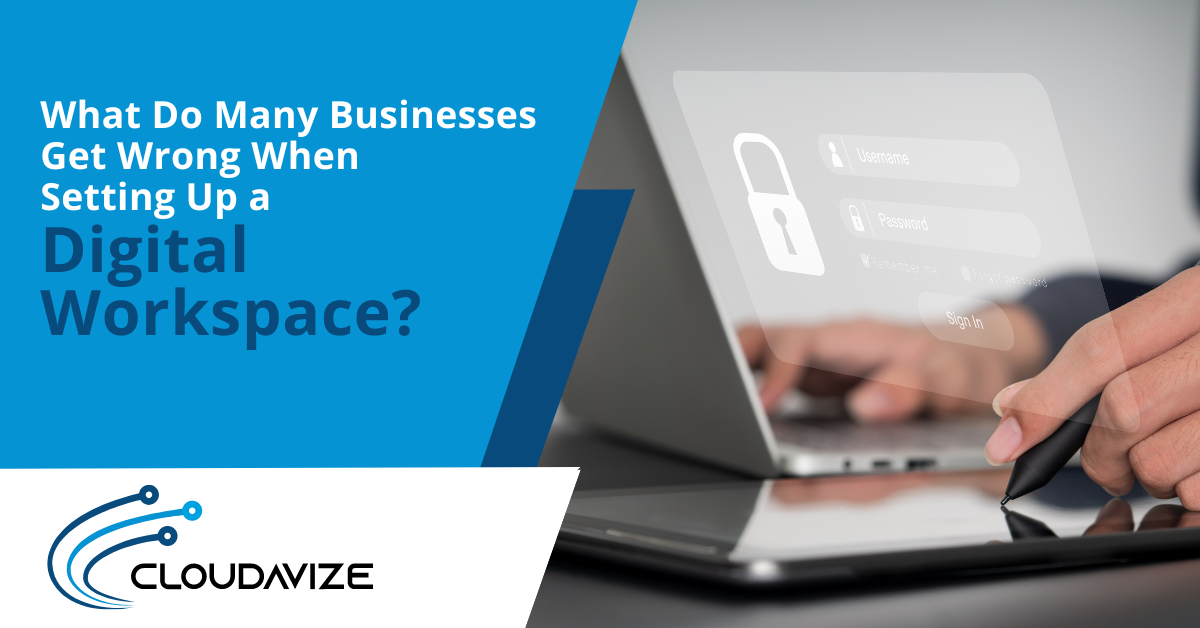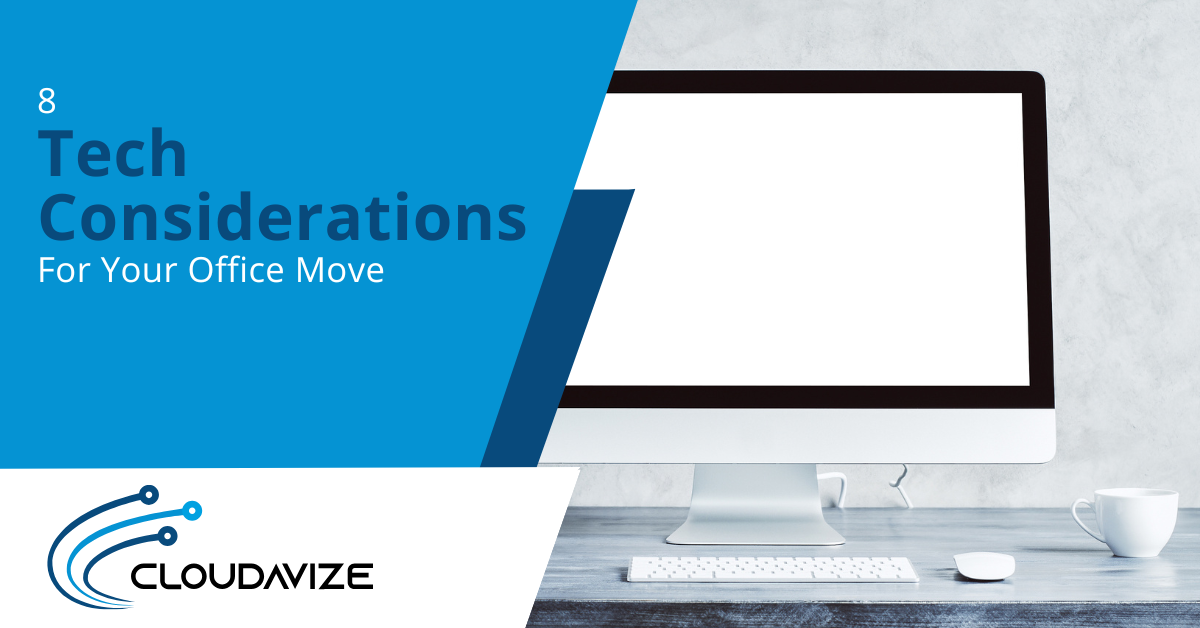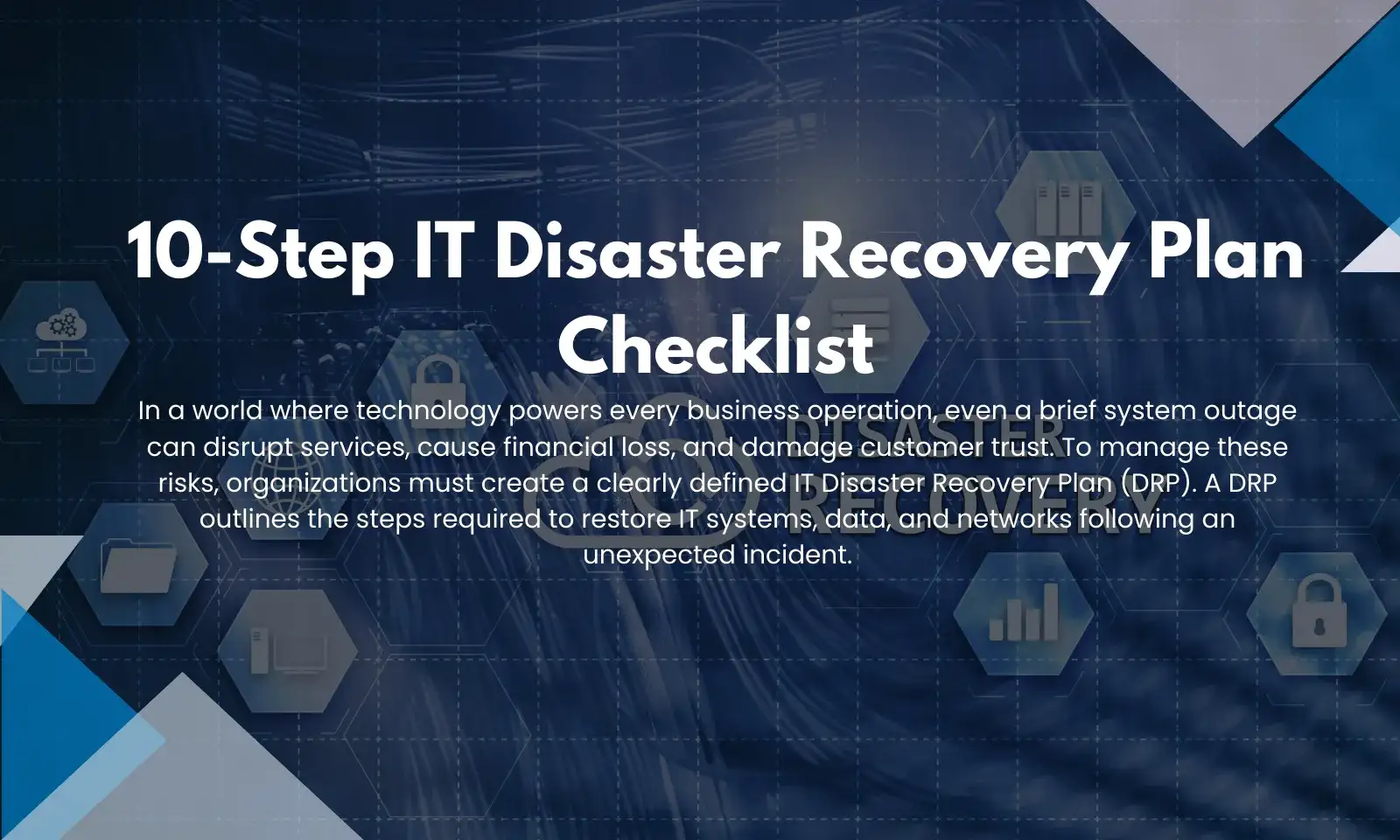As the older generation would assert today, describing the act of going to work would involve going to an actual workplace. However, with the after-effects of the pandemic, this status-quo has been adjusted to fit in with the times. So, an office for the current generation could be your favorite café, with a Starbucks right beside you and no paper in sight. This is the digital workplace.
The concept of the digital workplace provides a lot of benefits and progressive ideas. An old study by Gallup found that highly engaging your staff and personnel increases profit and work output by 21%. This is what the digital workplace is all about; flexible hours and offsite work, which is sure to increase engagement and enhance output.
So, there is a goal by many companies to establish the digital workplace systems and processes to match the incoming workforce, but this can lead to personnel disillusion and frustration if it’s not done right. Launching and successfully practicing a digital workplace is a major project that requires meticulous planning and keen attention. This is often underrated, leading to the same mistakes being made again and again.
This article hopes to highlight these mistakes and ensure that engagement and efficiency grow like never before when these steps are taken. Check out the best practices for creating the best digital hybrid office here.
Table of Contents
Mistakes of Businesses When Setting Up a Digital Workplace
Below are the things businesses get wrong when setting up a digital workplace:
Allowing the digital workplace process to be handled by a single department
Often, a specific group is tasked with launching a digital workplace, such as the IT, HR, or marketing departments. These seem the obvious choices because the expertise of these departments will be appropriate to the task – they are very familiar with either communication, corporate culture, or software, marking them as ideal candidates for fashioning the company’s digital workplace.
The problem with departments is that specialization always entails narrow-mindedness. Each department will understand which applications they require for their jobs. They might even have ready-made ideas to improve some fundamental company processes. However, knowing what will be necessary for each department is very sketchy. What is essential to HR might not be to marketing. Assembling the best possible combination of components to improve company processes is a task that can overwhelm a single department.
A solution is assembling a team of individuals from various departments with a team leader for oversight. It could be a C-class member to emphasize the importance of the project. A team of personnel from all departments ensures all units are well represented, and no concerns are ignored.
Failure to convince employees
Another common issue is that employees are not fully convinced of the opportunities and benefits of a digital workplace. This is usually due to hurried implementation or the fact that the personnel in charge underestimate the magnitude of the changes.
As a result, the majority of employees are not entirely aware of the new development. They are oblivious to the reasons for the new software and find it hard to identify with the new corporate culture. And when employees realize that the changes are significant and will require a significant amount of work, they will instinctively reject them and even boycott them.
To avoid this, businesses must involve their employees in the change process as early as possible. The first step is to inquire about their requirements, probably as part of a needs assessment. Others include explaining the reasons for employing the desired changes and showing them that their ideas matter.
You can also be creative about the whole process. Consider holding a big launch party where employees are heavily involved or having employees go on a scavenger hunt. Numerous approaches can be taken to assist them in identifying with the new solution.
A complicated user interface
A significant issue with new IT products occurs when users do not understand them. If those in charge fail to pay attention to creating an intuitive UI and fail to provide adequate training, the project might never be welcomed
This is because new app users are always looking for the path of least resistance. If they cannot understand an application on their own and no one explains it to them, it is normal to fall back on the old, familiar process and vice versa – if the barriers to adopting the new tools are too high, even the most devoted employee will crave the comfortability of the old system.
How to solve this? If the product’s UI is highly intuitive and straightforward, employees will get hooked right away and continually figure out how to use many of the features on their own. When it comes to more complex processes, it’s best to start by training a small group of people, such as the team members who launched the digital workplace. They can then share what they’ve learned within their departments based on the needs of their coworkers. This ensures that employees are not overburdened with information and that the focus on the launch date is how using the new system can be fun.
Cloudavize Can Help Design the Best Digital Workplace for Your Business
Creating a multifaceted digital workplace that meets the needs of multiple diverse generations is critical to thriving in a digital future. The awesome news is that being strategic, human-centered, and agile can help organizations meet these needs and prospects to attract, retain, and grow an effective, digitally-enabled workforce.
Cloudavize is an IT service delivery firm based in Dallas, Texas. We offer a free quote service and ensure you get value for your money. If you are in need of a well-designed digital workplace, do not hesitate to contact us online or by phone at 469-250-1667.



